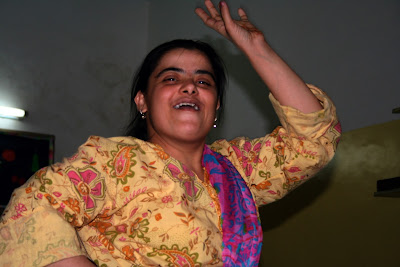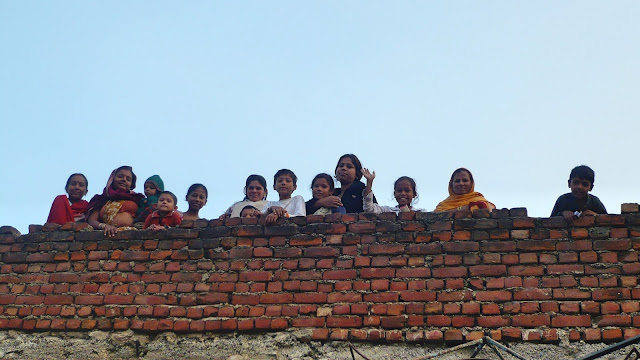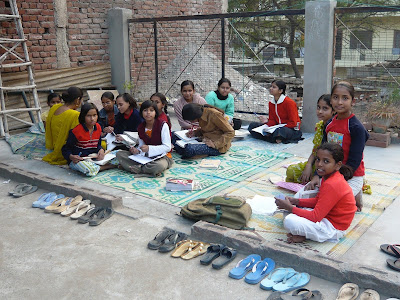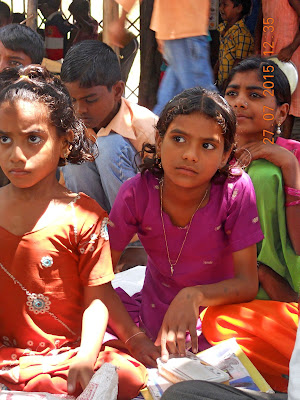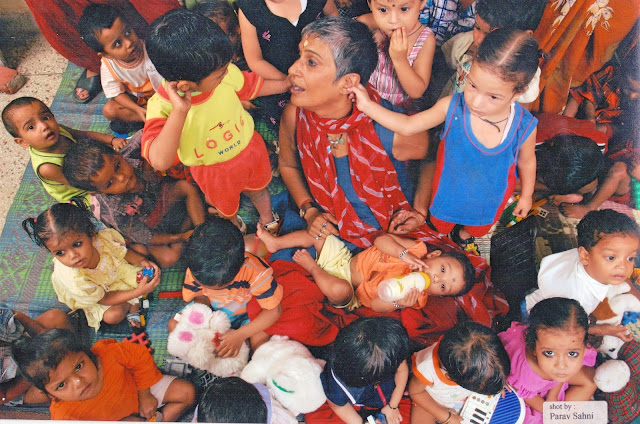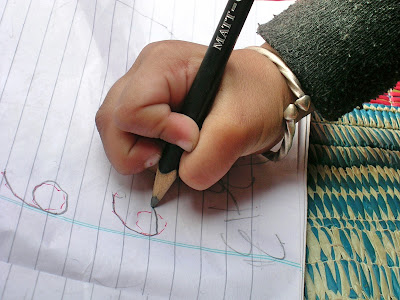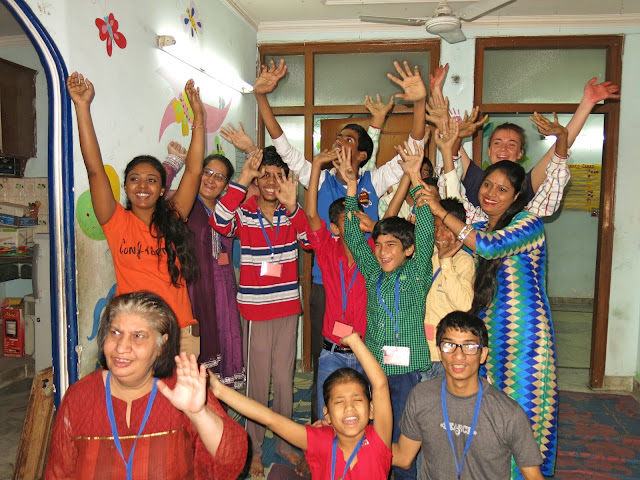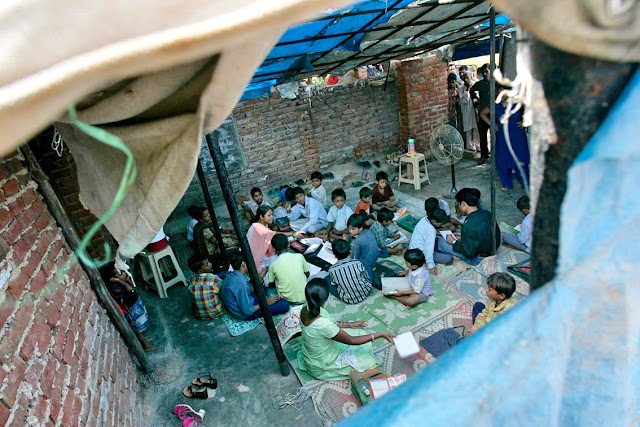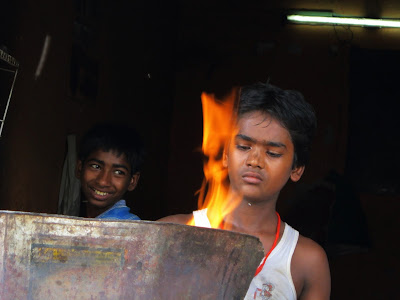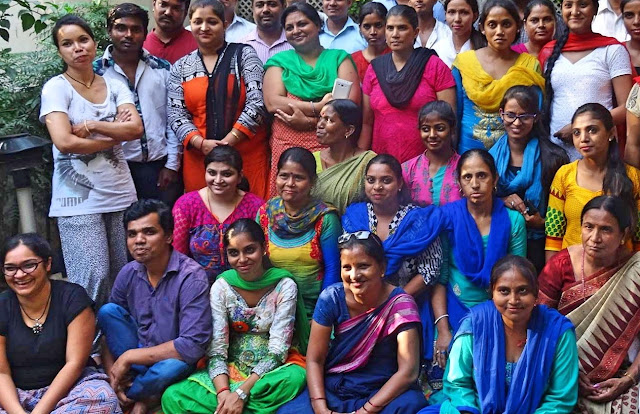Project Why’s French Connection #GivingTuesday
It was French Week at Project Why. A group of members of Enfances Indiennes, visited Project Why and gave its children a French Break!
Project Why’s French Connection is strong and steadfast. Not surprising as its founder had deep links with France! But the real bond began over a decade ago when the visit of a man with a huge heart led to the setting up a support group in France called Enfances Indiennes. Every alternate a year a group from this organisation visits Delhi and spends time with the children of Project Why.
This year the children were in for a surprise. Enfances Indiennes decided to take some of the children for an outing. But that is not all. This visit would be the coming together of the two Indias. Let me explain. Another man with huge heart -who has been providing lunch to the Yamuna children and spearheaded a donations campaign through his many restaurants across India- decided to board the wagon. The result: a visit to an industrial kitchen and a talk on career options followed by a scrumptious lunch and a special treat for the Yamuna children.
The chefs who brought the food to the children experienced a magical moment as the chefs discovered the little persons they had been cooking for. Their resolve to do more was visible in their eyes. Again one India was meeting another.
There was another added surprise: a visit to the Science Museum and India Gate for all the Yamuna centre kids. These children had NEVER been out of their fields.
Xavier (Enfances Indiennes) and Kabir (Mamagoto) were there too to make the picture perfect.
The Yamuna children, who live in a bubble in the heart of the big city they have never visited set off in the big blue bus. There were many such sights, ones we take for granted and have even stopped seeing. For these kids, however, all was new and welcomed with loud clapping and joyful shrieks. A real eye opener. After visiting India Gate came ice cream time: the famous orange bar! They had completed the rite of passage of every Delhi kid.
The visit to the museum was also exciting. The children were welcomed by the staff of the museum who guided them through the many wonders. Our thoughts go them as a day later this very museum was completely destroyed by fire.
The last event on the calendar was a lunch at Anou’s with the 7 boarding school kids. Everyone had a great time.
Project Why’s French Connection is one of a kind as it has the magic wand that brings the two sides of India together in a celebration of all that is good in the world.
Enjoy some special moments

